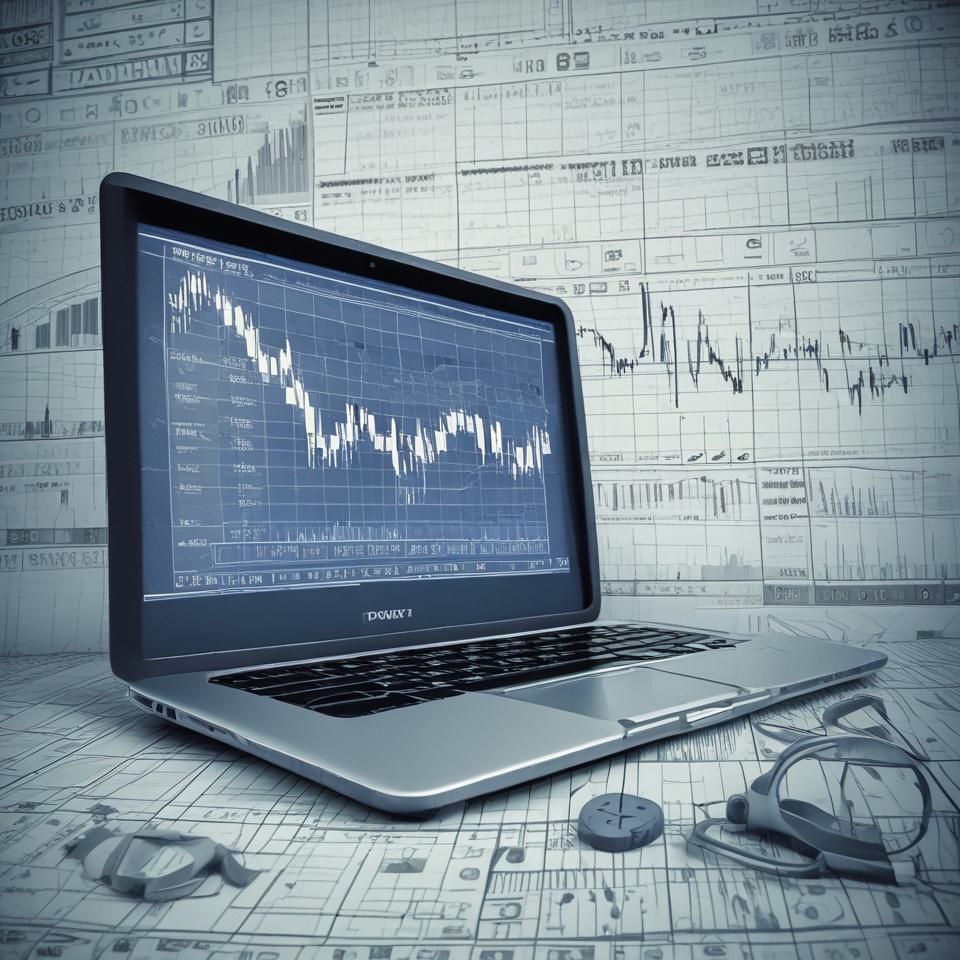
What is Forex Trading?
Forex trading, also known as foreign exchange trading or currency trading, is the process of buying and selling currencies on the foreign exchange market with the aim of making a profit. The forex market is the largest financial market in the world, with daily trading volumes exceeding $6 trillion USD. It operates 24 hours a day, five days a week, across major financial centers worldwide.
How Does Forex Trading Work?
At its core, forex trading involves the exchange of one currency for another at an agreed-upon exchange rate. Currencies are traded in pairs, where one currency is exchanged for another. For example, in the EUR/USD pair, the euro (EUR) is traded against the US dollar (USD). Traders speculate on whether the value of one currency will rise or fall against another.
Participants in the Forex Market
The forex market comprises various participants, including:
- Banks and Financial Institutions: They facilitate forex transactions for clients and engage in speculative trading.
- Central Banks: They influence currency rates and implement monetary policies.
- Corporations: Involved in forex to hedge currency risks associated with international trade.
- Retail Traders: Individual traders participate through brokers to speculate on currency movements.
Major Currency Pairs
There are several major currency pairs traded in the forex market, including:
- EUR/USD: Euro vs. US Dollar
- USD/JPY: US Dollar vs. Japanese Yen
- GBP/USD: British Pound vs. US Dollar
- USD/CHF: US Dollar vs. Swiss Franc
- AUD/USD: Australian Dollar vs. US Dollar
- USD/CAD: US Dollar vs. Canadian Dollar
These pairs are the most liquid and widely traded, offering ample opportunities for trading.
Key Concepts in Forex Trading
- Pip: A pip is the smallest unit of price movement in forex trading, typically equivalent to 0.0001 for most currency pairs.
- Leverage: Forex trading allows traders to control larger positions with a smaller amount of capital through leverage. For example, a leverage of 100:1 means that for every $1 of your capital, you can control $100 in the market.
- Margin: Margin is the amount of money required to open a leveraged position. It acts as a security deposit to cover potential losses.
- Bid/Ask Spread: The bid price is the price at which a trader can sell a currency pair, while the ask price is the price at which they can buy it. The difference between the bid and ask prices is known as the spread.
Benefits of Forex Trading
Forex trading offers several advantages:
- Liquidity: The forex market is highly liquid, meaning traders can enter and exit positions easily.
- Accessibility: The market operates 24/5, allowing traders to participate at their convenience.
- Leverage: Allows traders to amplify potential profits with a relatively small initial investment.
Risks of Forex Trading
Alongside potential benefits, forex trading carries inherent risks:
- Market Risk: Currency prices can be volatile, influenced by economic, geopolitical, and other factors.
- Leverage Risk: While leverage can amplify profits, it also increases the potential for losses.
- Counterparty Risk: The risk of default by brokers or other intermediaries.
Getting Started in Forex Trading
To begin trading forex, follow these steps:
- Educate Yourself: Understand market dynamics, trading strategies, and risk management principles.
- Choose a Reliable Broker: Select a reputable forex broker offering competitive spreads, reliable execution, and robust trading platforms.
- Open a Trading Account: Complete the broker’s account opening process, including identity verification.
- Develop a Trading Plan: Define your trading goals, risk tolerance, and strategy for entering and exiting trades.
- Start Trading: Execute trades based on your analysis and monitor market developments.
Frequently Asked Questions (FAQ)
1. Is forex trading risky?
- Yes, forex trading involves significant risk due to market volatility and leverage. It’s essential to manage risk through proper strategies and risk management techniques.
2. Can I trade forex with a small amount of money?
- Yes, many brokers offer mini or micro accounts that allow you to start trading with a small initial deposit. However, be mindful of leverage and its impact on your capital.
3. How can I learn forex trading?
- You can learn forex trading through educational resources provided by brokers, online courses, books, and practice accounts (demo accounts) offered by most brokers.
4. What influences forex prices?
- Forex prices are influenced by various factors, including economic indicators (such as GDP, employment data), geopolitical events, central bank policies, and market sentiment.
5. How can I manage risk in forex trading?
- Risk management in forex trading involves setting stop-loss orders to limit potential losses, diversifying your trades, using appropriate leverage, and avoiding emotional decision-making.
Conclusion
Forex trading offers opportunities for individuals to participate in the global financial markets and potentially generate returns. However, it requires knowledge, discipline, and effective risk management. By understanding the fundamentals, key concepts, and risks involved, aspiring traders can make informed decisions and embark on their forex trading journey with confidence.


